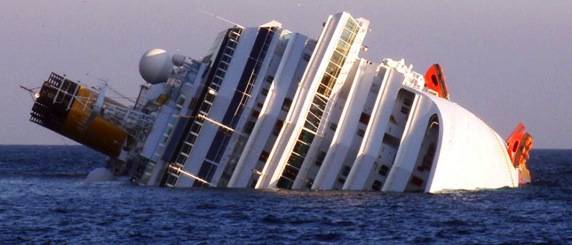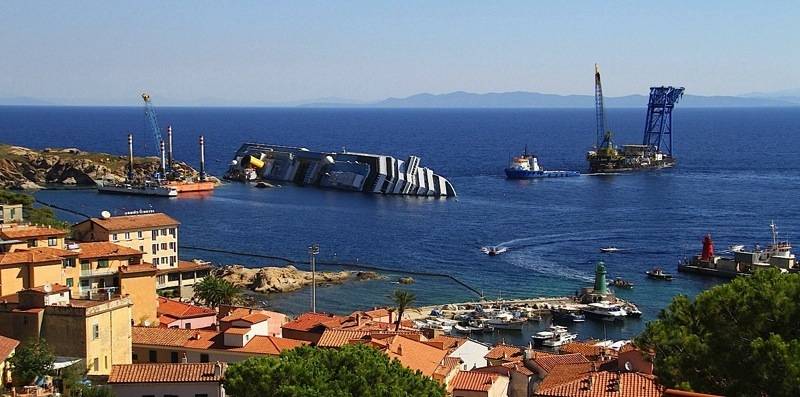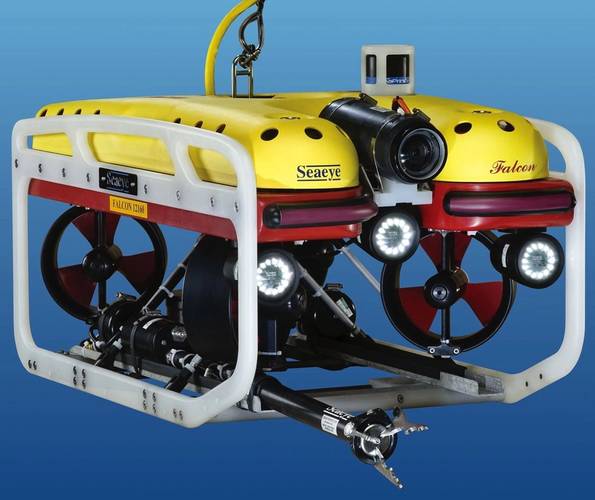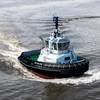With Concordia finally in dock, Italian marine contractor Micoperi reports that the Saab Seaeye Falcon ROV played a vital role in diver safety during the largest maritime salvage operation in history.
Fabio Bartolotti of Micoperi, the contractor responsible for the project, said that the Falcon worked every day of the salvage operation, spending more than 1,000 hours in the water.
He noted that every single time a diver entered the water the Falcon was deployed in their support and for their safety. The ROV was sent into places too dangerous for divers, and on examination and survey missions without the need for divers.
In addition, the Falcon was employed for tasks including the scanning procedure needed to measure the distance between the legs of the support platform built below the ship ready for the raising of the vessel.
For salvage operations such as this, the Falcon has the advantage of being small enough to be easily manhandled into the water, yet has the thruster power to work in strong currents and the intelligent architecture to handle a range of tools including manipulator, cutters, cameras and survey and sonar systems.
This special blend of muscular intelligence makes it a vehicle of choice for salvage tasks where investigation, search and recovery are involved.
Powerful cutters can be fitted to clear debris and entanglements – including polypropylene rope up to 19mm thick and steel rope up to 12mm diameter.
Its sophisticated manipulator has both a powerful grip and a light touch for handling hefty or delicate items.
Cameras, along with variable intensity lighting, can be employed to view places too difficult or too confined for divers to access safely.
If a diver must be deployed, the ROV can preview the area, identify hazards and pinpoint the site of interest. It can then take down a safety line, if needed, ready for the diver to descend safely to the location.
Tools and equipment can be transported back and forth to the diver, as necessary, saving valuable dive time.
Time limits for the Falcon are not a consideration as it can work tirelessly in virtually any location, for however long it takes.
The salvage contract was won by Micoperi in partnership with the American company, Titan Salvage, as best able to fulfill the main objectives set out in the tender specifications: removal of the wreck in one piece, minimal risk, minimal environmental impact, protection of the local economy and tourism industry, and maximum working safety.
















